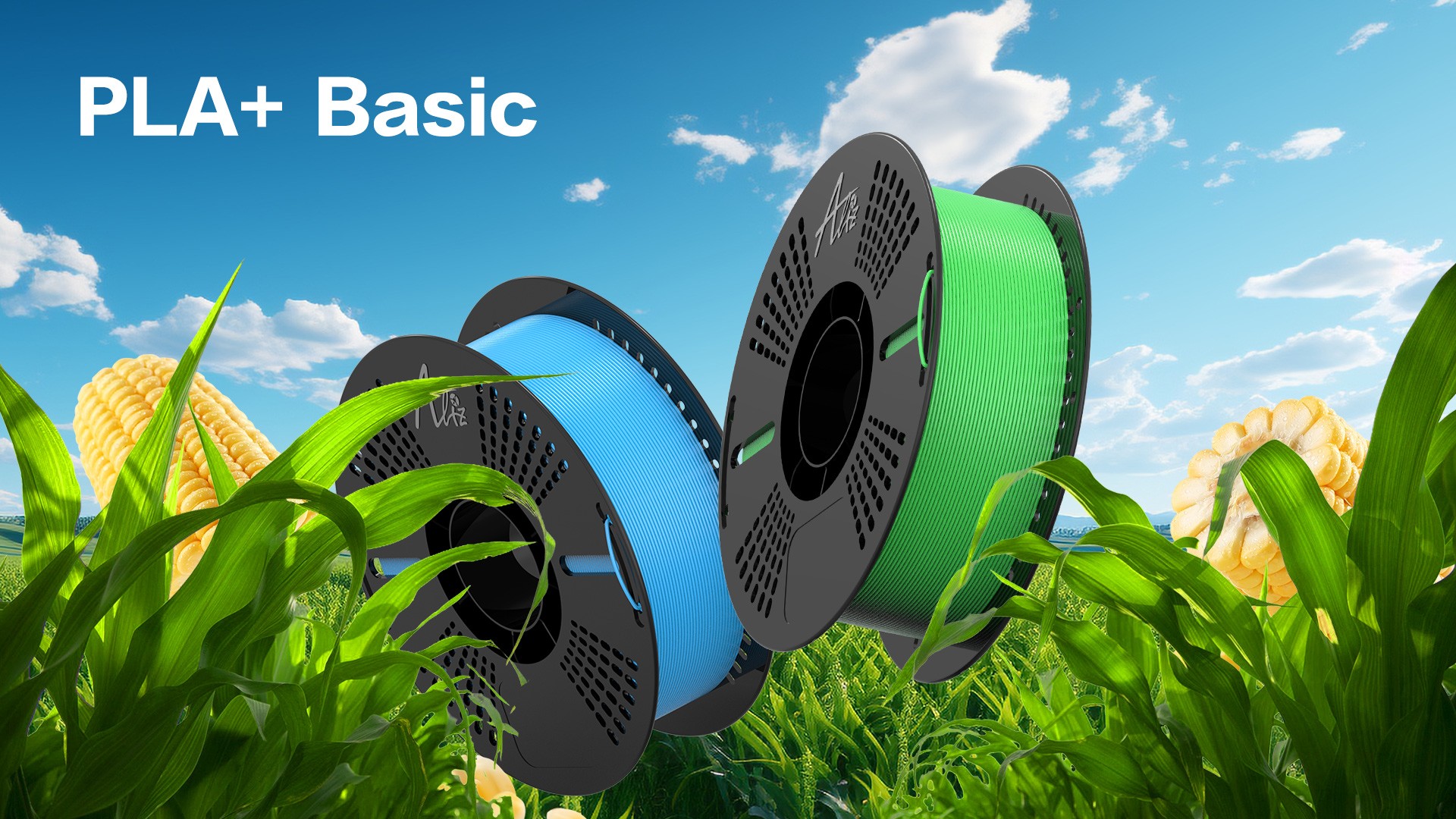
Understanding 3D Printer Filaments
3D printing has transformed the way we create objects, from prototypes to finished products. At the heart of this technology are 3D printer filaments, the materials that build objects layer by layer. These filaments come in various types, each with unique properties, making them suitable for different applications. This section will explore the fundamentals of 3D printer filaments, including their composition, characteristics, and the factors influencing their selection.
3D printer filaments are long strands of material used by 3D printers to construct objects through an additive process. These filaments are typically made from different types of plastic, each offering specific characteristics such as strength, flexibility, temperature resistance, and ease of use. The choice of filament depends on the intended application, the capabilities of the 3D printer, and the desired properties of the final printed object.
Exploring PLA: The Eco-Friendly Filament
PLA (Polylactic Acid) is a widely used 3D printing filament known for its ease of use and environmentally friendly properties. PLA is derived from renewable resources such as cornstarch and sugarcane, making it biodegradable and compostable. This filament is popular among beginners and hobbyists due to its low printing temperature, which ranges from 180°C to 220°C, and its minimal warping tendency.
PLA filament is available in various colors and finishes, allowing for vibrant and detailed prints. It adheres well to the print bed and produces smooth layers, resulting in high-quality surface finishes. PLA is suitable for a wide range of applications, including prototypes, decorative items, and educational projects. However, it is important to note that PLA has lower heat resistance compared to other materials, making it less suitable for functional parts exposed to high temperatures.
PETG: The Versatile and Durable Filament
PETG (Polyethylene Terephthalate Glycol) is a popular 3D printing filament known for its versatility and durability. It is a modified version of PET, a widely used plastic in everyday products like bottles and containers. PETG combines the best properties of both PLA and ABS, making it an excellent choice for a wide range of applications.
PETG filament is known for its high strength and impact resistance, making it suitable for functional parts, mechanical components, and prototypes that require durability. It has excellent layer adhesion, resulting in strong prints with minimal delamination. PETG is also less prone to warping and shrinkage compared to ABS, making it easier to print with.
PETG filament is transparent, allowing for the creation of see-through objects and display cases. It is also food-safe, making it suitable for applications such as food containers and utensils. However, PETG can be more challenging to print than PLA due to its higher printing temperature, which typically ranges from 220°C to 250°C.
PBT: The High-Performance Engineering Filament
PBT (Polybutylene Terephthalate) is a specialized 3D printing filament known for its high-performance properties. It is a type of engineering plastic that offers excellent thermal stability, chemical resistance, and low moisture absorption. PBT is commonly used in industrial and engineering applications where durability and reliability are crucial.
PBT filament is suitable for parts that will be exposed to high temperatures or harsh chemical environments. It has a high glass transition temperature, typically above 200°C, making it suitable for applications such as automotive components, electrical housings, and industrial equipment. PBT also has low friction properties, making it ideal for parts that require smooth movement and minimal wear.
PBT filament is more challenging to print compared to PLA or PETG due to its high printing temperature, which typically ranges from 240°C to 280°C. It may require a heated print bed and an enclosed print chamber to achieve optimal results. However, the superior mechanical properties and heat resistance of PBT make it a preferred choice for demanding applications in various industries.
Choosing the Right Filament for Your Project
When selecting a 3D printer filament for your project, it is essential to consider the specific requirements and desired properties of the final printed object. Each filament type has its unique characteristics, and understanding these differences will help you make an informed decision.
For aesthetic or low-stress parts, PLA is an excellent choice. Its ease of use, low printing temperature, and vibrant colors make it ideal for beginners and hobbyists. PLA is suitable for prototypes, decorative items, and educational projects where high strength and heat resistance are not critical.
For functional and mechanical parts, PETG is a versatile and durable option. Its high strength, impact resistance, and excellent layer adhesion make it suitable for applications such as enclosures, mechanical components, and prototypes that require durability. PETG is also food-safe, making it suitable for food-related applications.
For high-performance applications that require heat resistance and durability, PBT is the preferred choice. Its superior mechanical properties, low moisture absorption, and high thermal stability make it suitable for demanding applications in the automotive and electrical industries. PBT is ideal for parts that will be exposed to high temperatures or harsh chemical environments.
In addition to the specific requirements of your project, it is important to consider other factors such as print temperature, flexibility, and environmentally friendly options. Different filaments require different printing temperatures, so it is crucial to ensure that your 3D printer is capable of handling the filament. If eco-friendliness is important, PLA is a biodegradable option derived from renewable resources.
Conclusion
3D printer filaments are essential for producing high-quality 3D prints, and understanding the various materials available can help you choose the right one for your specific needs. PLA, PETG, and PBT are just a few examples of the many filament types used in 3D printing today. Whether you are a hobbyist, engineer, or designer, selecting the appropriate filament material will ensure that your 3D printing projects are successful and meet the desired functionality, appearance, and durability standards.

































